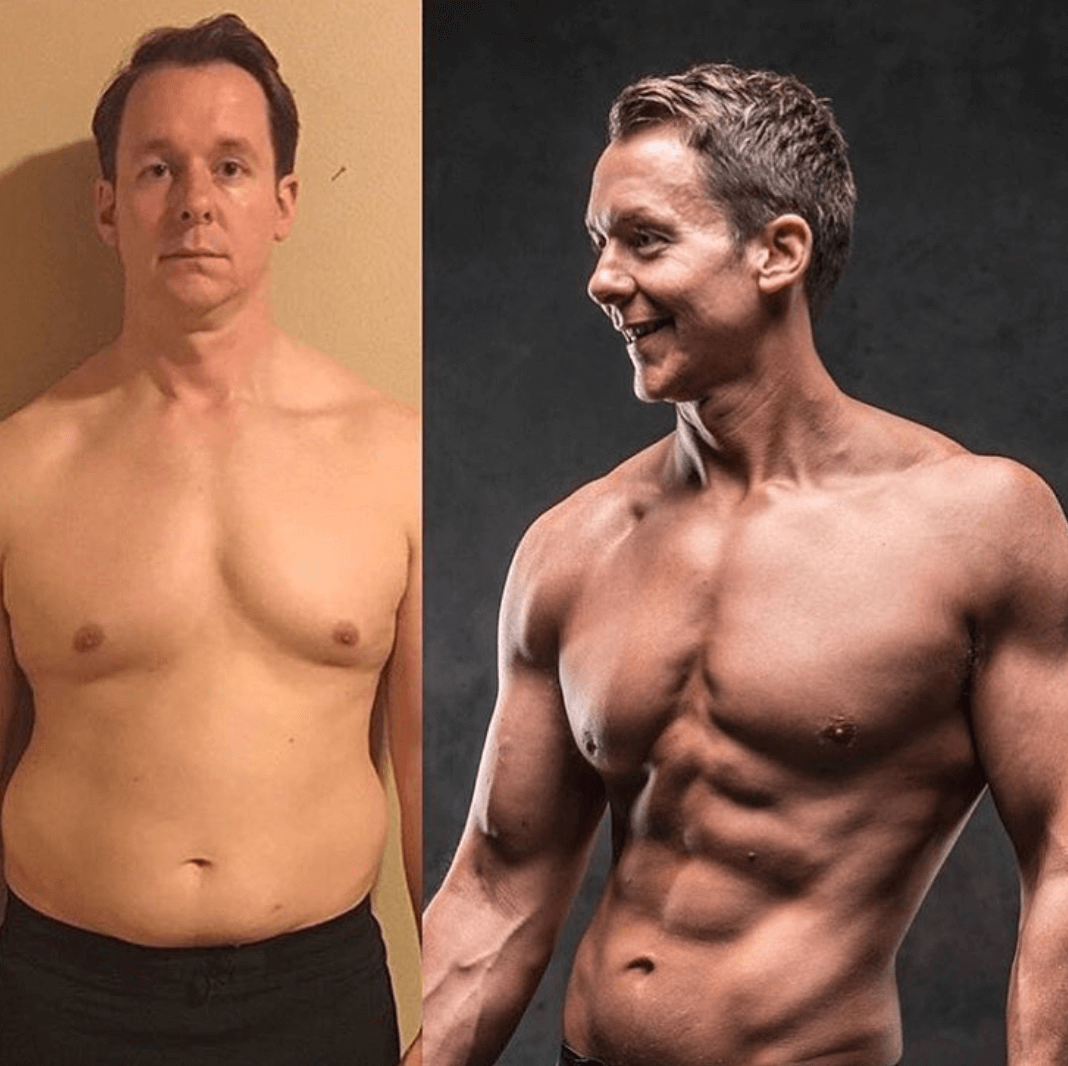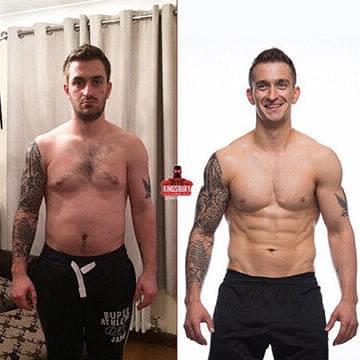Your body is only as good as you make it – you get out what you put in and that’s why calories and energy balance are so important when your goal is to achieve fat loss. Every individual has their own ideal daily calorie intake to help lose weight and fat.
It’s important to understand the difference between weight loss and fat loss – the latter means reducing the amount of fat your body carries as opposed to the entire weight of your body including organs and muscles.

A balanced workout incorporating cardio and strength training will support fat loss and ensure that you lose fat and not muscle. Energy balance and a healthy calorie intake is also crucial for the fat loss formula.
Creating a Calorie Deficit
Now that you understand how important energy balance is for fat loss, you need to create a calorie deficit to drop fat. Keeping on track with your calories will ensure you make consistent progress. Without adequate calorie levels, your results will not happen.
Take an 800-calorie breakfast as an example. Based on eating three meals a day, this would total 2400 calories per day.
For some people this will be a calorie deficit, meaning it will be great for fat loss. For others it would be a calorie surplus, so even though the food is healthy it will mean no weight loss and possible weight gain.
Depending on your goals, you may have a small deficit or a large deficit. Other factors such as whether you wish to build muscle may also impact on your calorie count. Either way, it is crucial to have a consistent calorie deficit to contribute towards fat loss goals.
As a ballpark guide, a deficit of 500 calories per day would mean a total deficit of 3500 per week and the loss of around 1lb of fat.
Why Macros Matter
Whilst calories are incredibly important for weight management, well-planned macros are also crucial for good body composition. The balance of protein, fats and carbs will impact your muscle mass, recovery, levels of fat and your performance.
We all have different demands for energy and macros. For example, if we are inactive then our demand for carbs is less than someone who is very active.
A good starting point is 33%/33%/33% each of calories from carbs/fat/protein. From this level, you can experiment and adjust to find what works for you.










